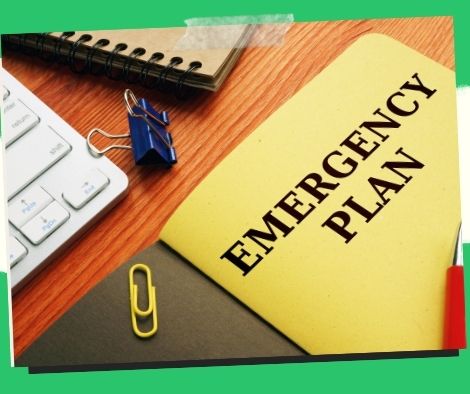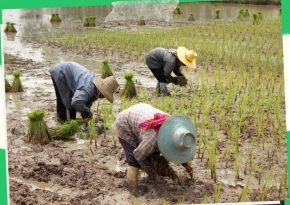
Japan integrates emergency preparedness into public high schools
The Japanese government continues to assist the Philippines in teaching teachers and students about disaster risk reduction.
In order to strengthen the resilience of schools, the Department of Education (DepEd) in Central Visayas and the Japan International Cooperation Agency (JICA) organized a discussion in Cebu City on Friday.
Senior JICA representative Yanagiuchi Masanari stressed the significance of linking education-based behavior modification and disaster-resilient infrastructure.
The presentation was constructed around the JICA Support Project on the Promotion of School Disaster Risk Reduction and Management (SDRRM), which was completed and implemented in 10 schools throughout the province from 2017 to 2020.
In collaboration with Hyogo Prefectural Board of Education (Hyogo BoE), which has more than 20 years of experience in SDRRM, and the Japanese non-profit organization SEEDS Asia, the program aimed to improve schools’ management capacity to decrease the effects of disasters.
The implementation of a regular safety inspection and a disaster response system at pilot schools, which was coordinated with local governments and villages, was one of the program’s outcomes.
The Hyoro Prefecture in Kobe City hosted a DRR training session for a group of educators from the region.
The majority of school heads in northern Cebu claimed they only conduct earthquake and fire exercises, which are not done frequently, a few months after Super Typhoon Yolanda (Haiyan) struck the Philippines in November 2013.
A project to “nurture the ability of children to deal with disasters” was started by SEEDS Asia, JICA, Hyogo BoE, and DepEd in response to the need to implement a thorough disaster risk reduction education (DRRE) in schools.
The JICA SDRRM project, which runs from 2017 to 2020, took over after the DRRE program was finished in March 2017.
The Central Visayas would be covered by a “new cooperation project” on improving and boosting school disaster risk reduction until 2025, according to JICA.
With frameworks and policies in place to help disaster management, Japan is renowned for its sophisticated systems for disaster risk reduction.
Schools served as evacuation hubs after the 1995 magnitude 6.9 Kobe earthquake, which prompted the Hyogo BoE to install DRR systems there.
According to data, there were about 6,000 fatalities, and over 30,000 injuries, 70 American city blocks’ worth of buildings were destroyed, over 150,000 buildings were destroyed, and around 300,000 people lost their homes.
Save/Share this story with QR CODE
Disclaimer
This article is for informational purposes only and does not constitute endorsement of any specific technologies or methodologies and financial advice or endorsement of any specific products or services.
📩 Need to get in touch?
Feel free to Email Us for comments, suggestions, reviews, or anything else.
We appreciate your reading. 😊Simple Ways To Say Thanks & Support Us:
1.) ❤️GIVE A TIP. Send a small donation thru Paypal😊❤️
Your DONATION will be used to fund and maintain NEXTGENDAY.com
Subscribers in the Philippines can make donations to mobile number 0917 906 3081, thru GCash.
3.) 🛒 BUY or SIGN UP to our AFFILIATE PARTNERS.
4.) 👍 Give this news article a THUMBS UP, and Leave a Comment (at Least Five Words).
AFFILIATE PARTNERS

World Class Nutritional Supplements - Buy Highest Quality Products, Purest Most Healthy Ingredients, Direct to your Door! Up to 90% OFF.
Join LiveGood Today - A company created to satisfy the world's most demanding leaders and entrepreneurs, with the best compensation plan today.



 Business Technology, Finance Technology & Information Technology
Business Technology, Finance Technology & Information Technology





